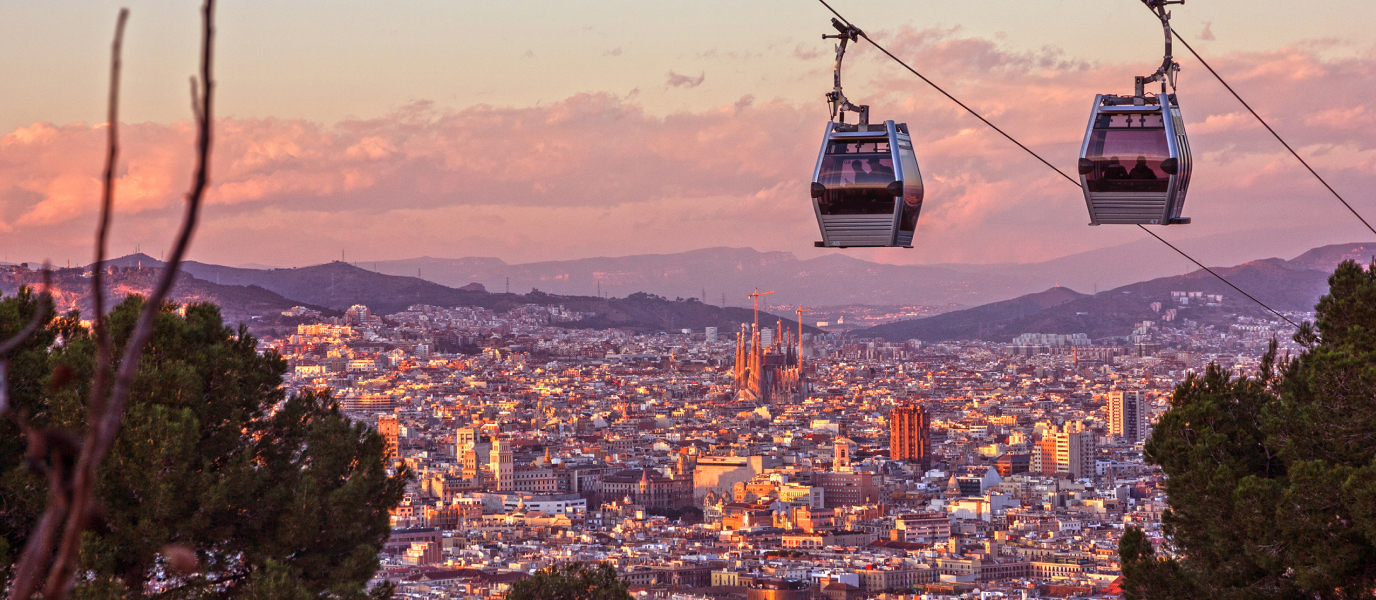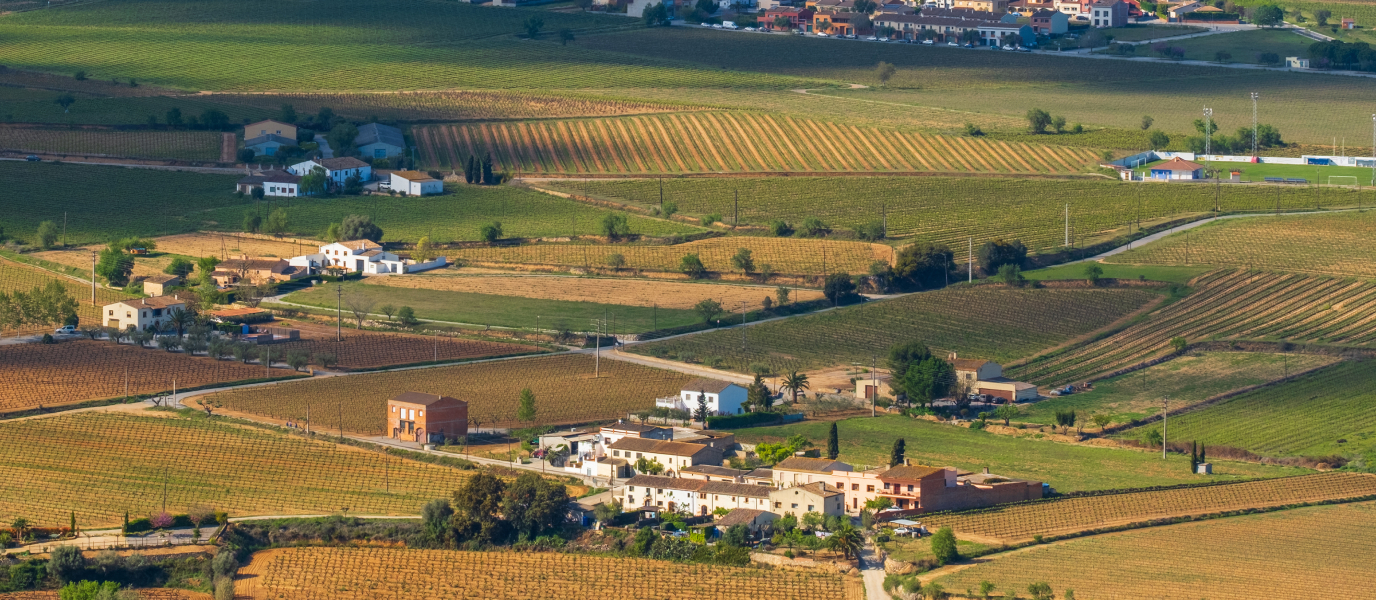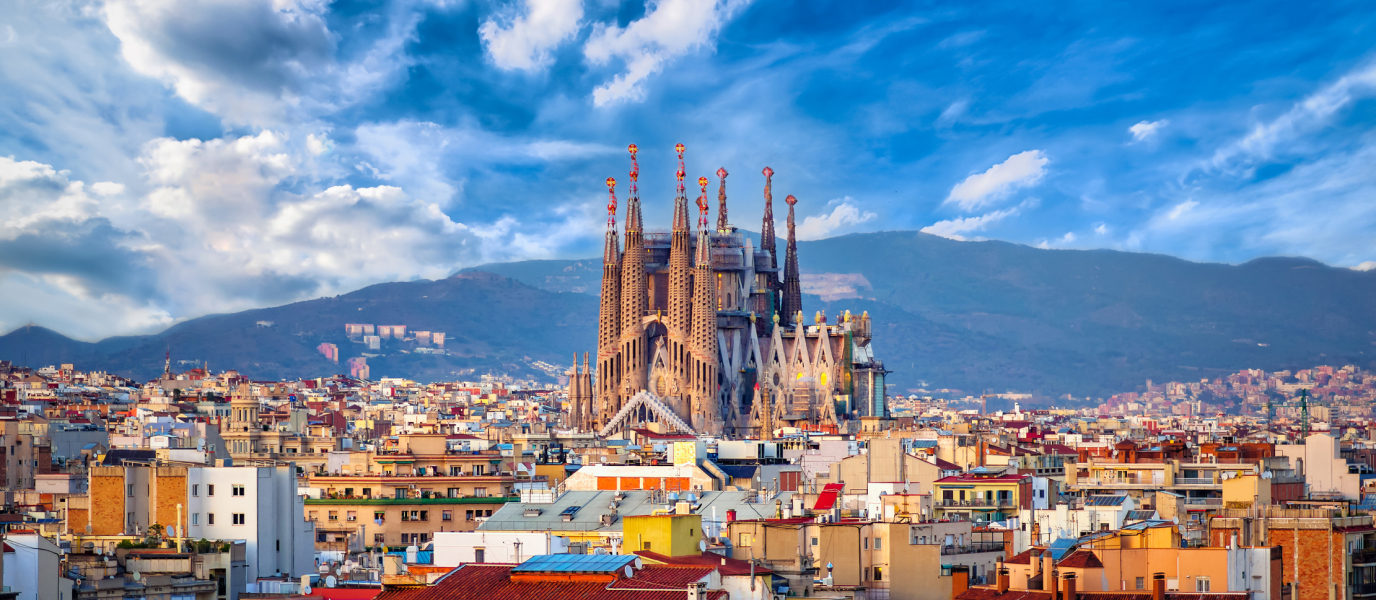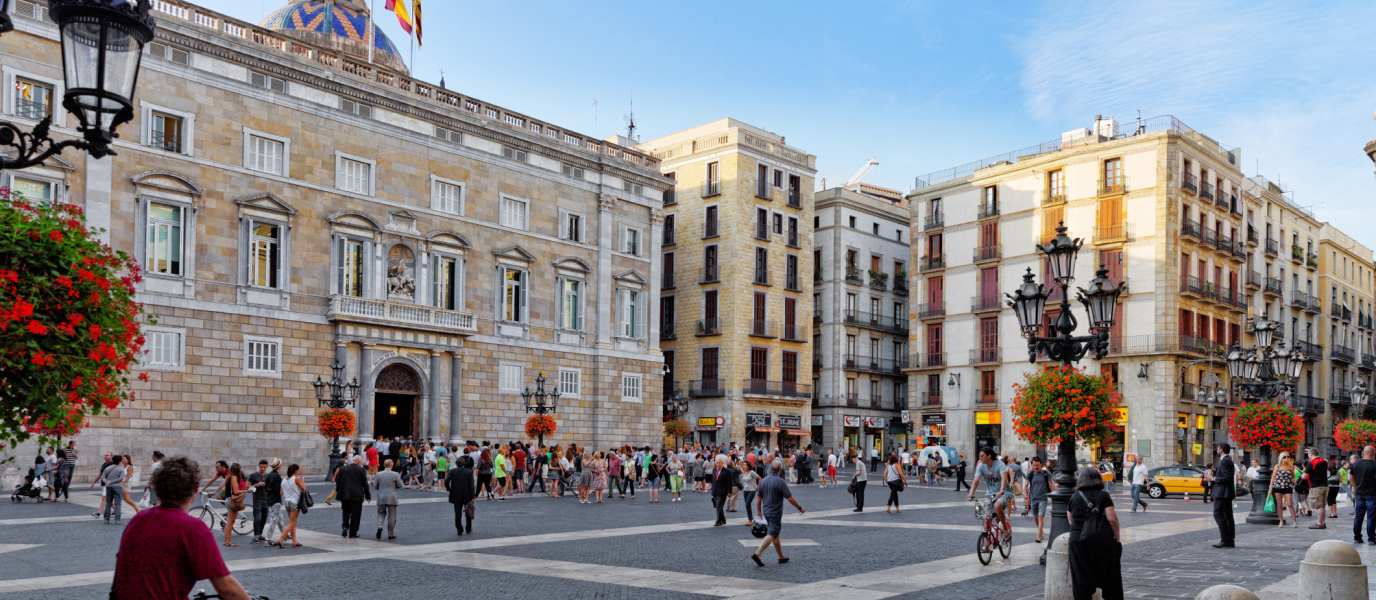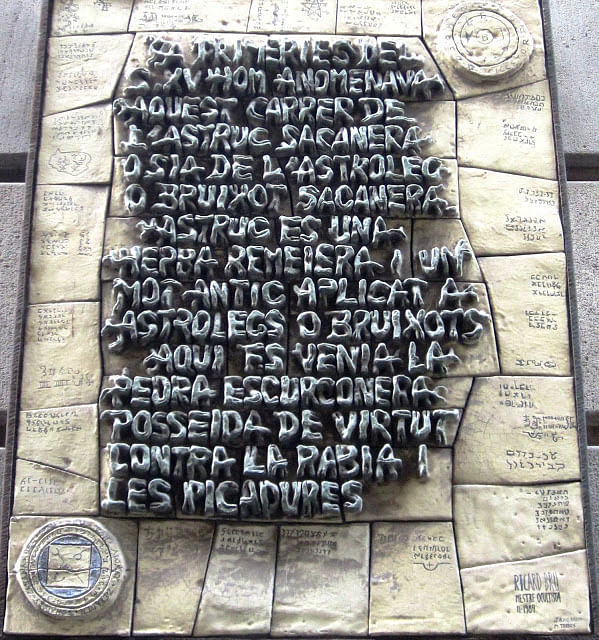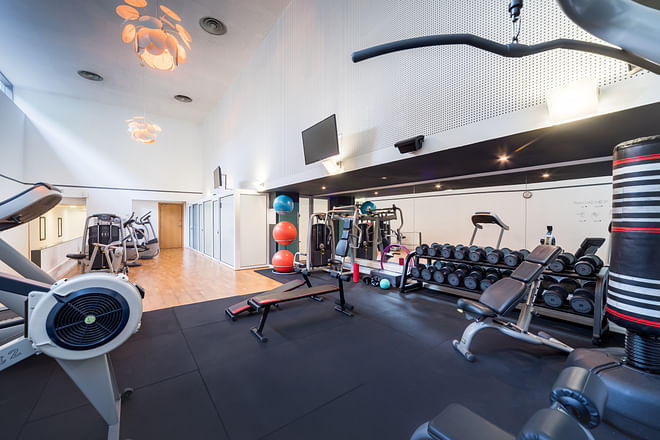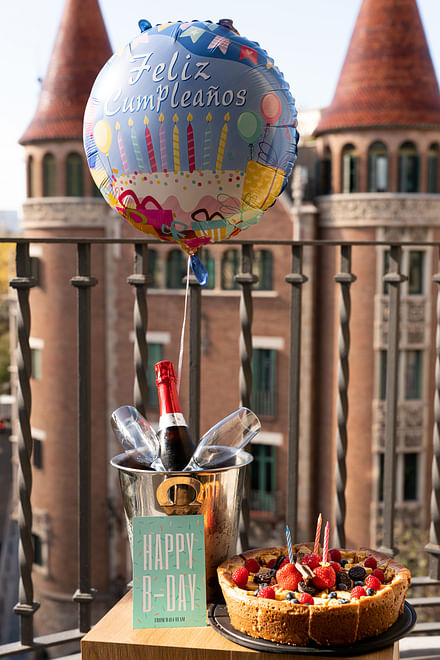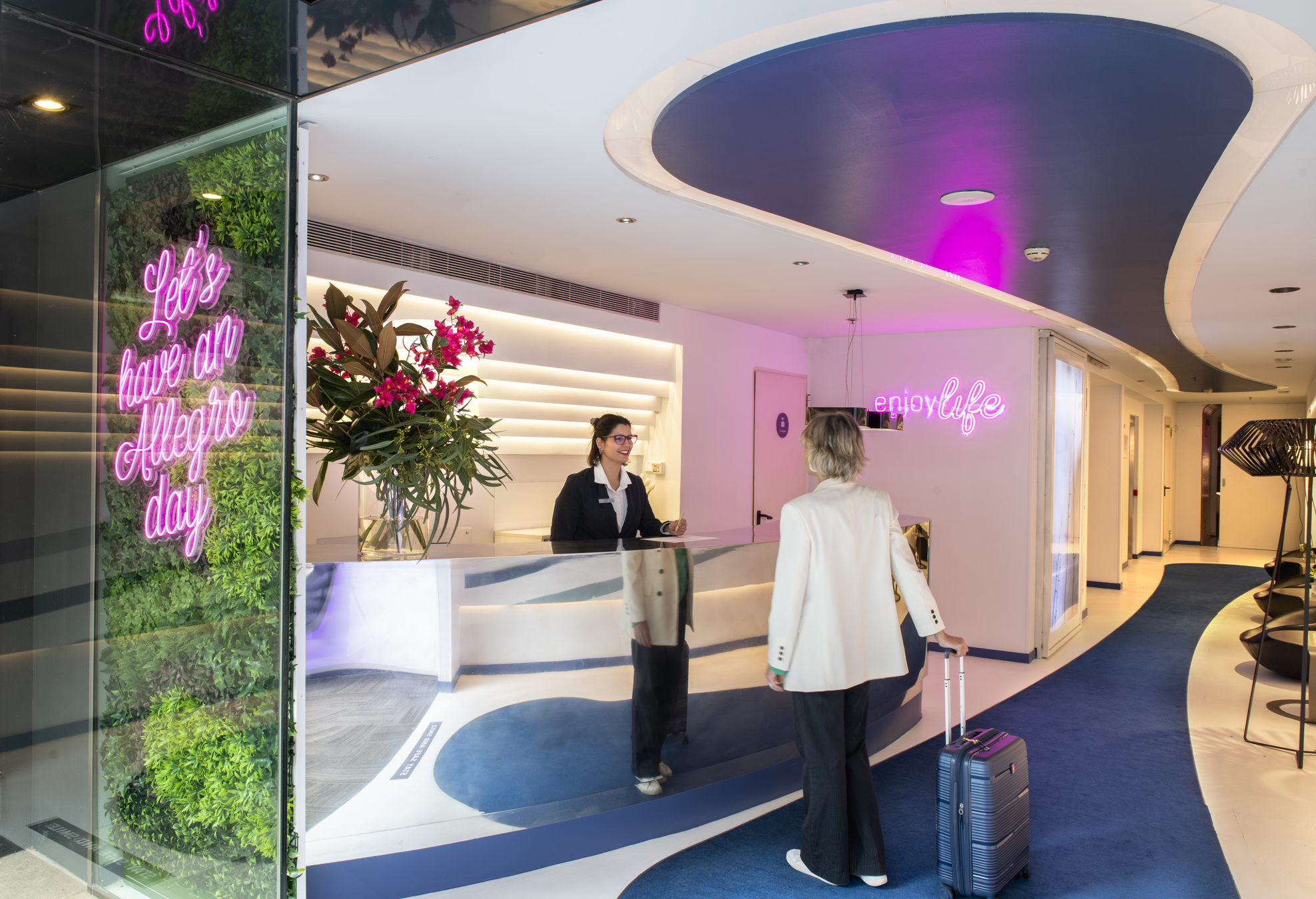The Funicular de Montjuïc railway travels 759 m between Paral·lel and Parc de Montjuïc stations and connects the city to the hill. Its two trains have three coaches each and can transport up to 400 people at a maximum speed of 10 m/s (36 km/h), moving from one end of the route to the other in just two minutes. It became part of the Metro network in 2002 and now links Paral·lel station, on lines 2 and 3, with Avinguda Miramar. The Funicular makes it far easier to reach the top of steep Montjuïc hill.
The original Funicular had fallen into a state of semi-neglect but received a boost from the Barcelona Olympic Games. With all eyes on the event and how visitors would access the Anella Olímpica (Olympic Ring) park, on 11 March 1991 the Montjuïc Funicular was closed for a complete refurbishment. Fifteen months later, Barcelona could proudly show off one of the most modern funicular railways in the world.
Inheritance of the 1929 International Exposition
The funicular is another legacy from the ground-breaking 1929 International Exposition held in Barcelona. Up until then, travelling from the city to the top of the hill had always been a challenge. Lawyer Elies Rogent was the driving force behind the first funicular which opened on 24 October 1928 and was introduced as the “fastest funicular railway in the world.” It originally carried travellers to the summit on two stretches of rail that were linked by escalators. The first stretch ran from Paral·lel to the Estació de Miramar, the second from Miramar to the castle. It was extremely modern for the age and considered remarkable for having carriage doors that opened and closed automatically. It continued to operate after the Exposition and a restaurant and theme park were opened at the top, but it hit hard times in later years and was closed. However, in 1985 the Transports Metropolitans de Barcelona transport company re-opened the service on the first stretch of track as part of its special transport service for tourists. The Funicular made a full comeback with the Olympic Games.
25 years after the Games and having exceeded 22,500 operating hours, its trains, control system, machine room, counterbalance room and platform have all been refurbished; it has now reopened after a complete modernisation.
Ride the Funicular up to the attractions of Montjuïc
The Funicular provides visitors with access to the Estadi Olímpic, the Fundació Joan Miró and the Museu Nacional d’Art de Catalunya (MNAC). Everyone can remember the arrow that lit up the cauldron at the Opening Ceremony of the Olympic Games in Barcelona on 25 July 1992. The cauldron can still be seen today in the Estadi Olímpic Lluís Companys, the stadium used for the Olympics that was originally constructed for the 1929 Barcelona International Exposition. The stadium was completely refurbished for the 1992 Olympics and only the façade of the original project and sculpture of two horsemen by Pablo Gargallo were preserved. The track was lowered and the stone that was excavated during this process was later used to build Sagrada Familia. The stadium was given the name Lluís Companys in 2001 in tribute to the president of the Generalitat (Government of Catalonia) who was murdered during the Spanish Civil War.
The Fundació Joan Miró is definitely worth a visit to enjoy both its collection of works by the Catalan artist and also to see the building itself. It was designed by architect Josep Lluís Sert together with Miró to create a shared language between the works and the exhibition space. The museum is a glass and white concrete structure consisting of open spaces, large terraces and interior courtyards. A disciple of Le Corbusier, Sert succeeds in making his building blend into the landscape of Montjuïc. Over 14,000 of Miró’s pieces are exhibited here and visitors can go on a journey through the artist’s entire oeuvre, from his earliest paintings to his fully Surrealist phase, including collages and pieces related to the Spanish Civil War.
The Museu Nacional d’Art de Catalunya, Catalonia’s national art museum, is housed in the Palau Nacional de Montjuïc. It has one of the most comprehensive collections of Romanseque art in the world and also displays numerous Gothic, Renaissance, Baroque and Modern pieces. Don’t miss the opportunity to see the famous Christ Pantocrator or Christ in Majesty, a twelfth-century masterpiece from an apse in the church of Sant Climent de Taüll. The museum building was constructed for the 1929 International Exposition and its great dome was inspired by St. Peter’s in Vatican City.
Combine the Funicular with the cable car
Montjuïc Funicular station links up with the Telèferic de Montjuïc cable car so you can continue your journey up the hill to the castle. As you soar through the skies over Barcelona you will enjoy unbeatable views of Sagrada Familia and the port. The cable car cabins can hold up to eight people and travel 750 m, transporting travellers upwards to the very top of the hill at an altitude of 173 m. The Montjuïc Castle, at the summit, was built during the 1640 Reapers’ War and visitors can enjoy 360° views across Barcelona, the port, the coast and Baix Llobregat.
A special feature of the castle moat is a sculpture that pays homage to the metre unit of length because it was here, in 1792, that French geographer Pierre-André Méchain defined this new unit of measurement.






































































